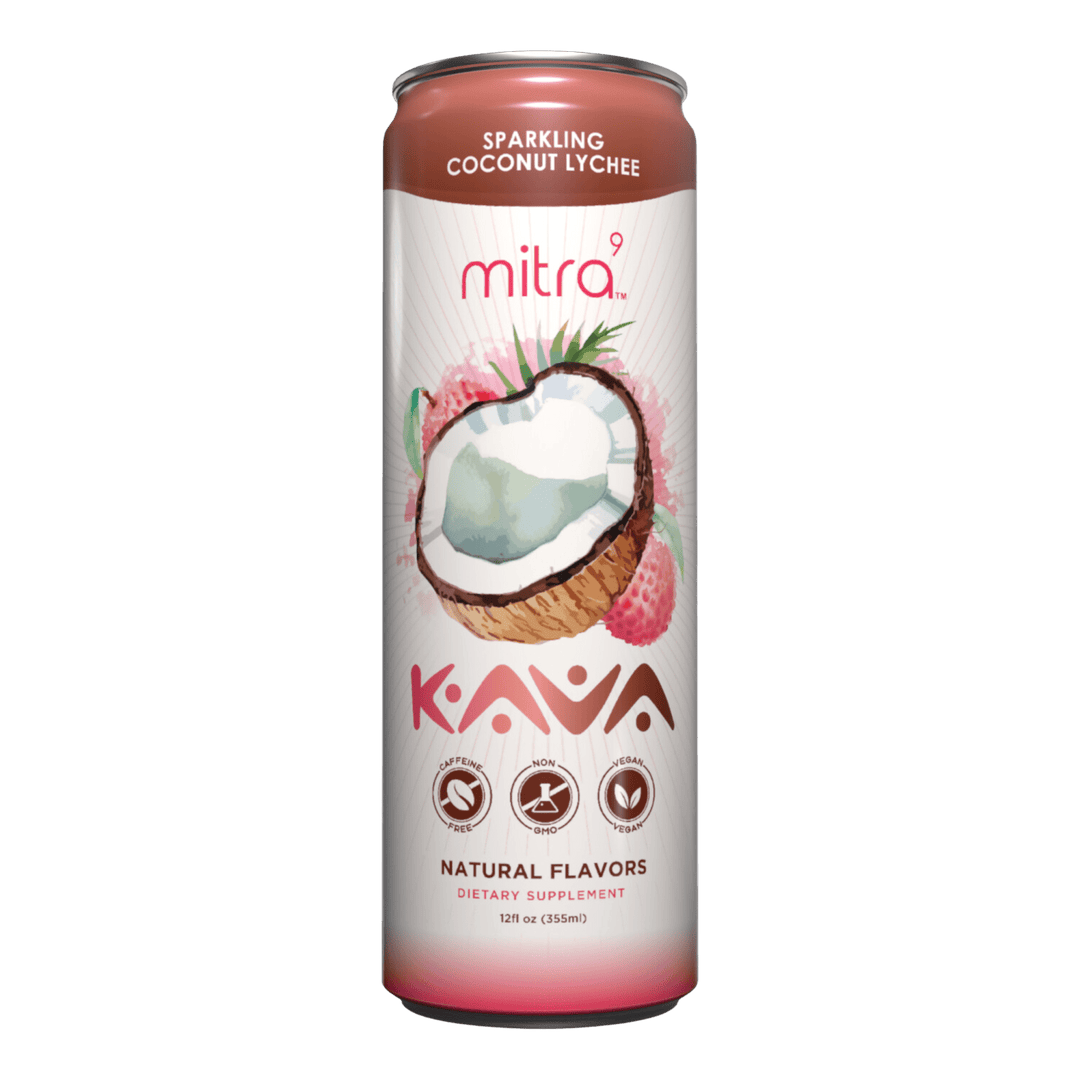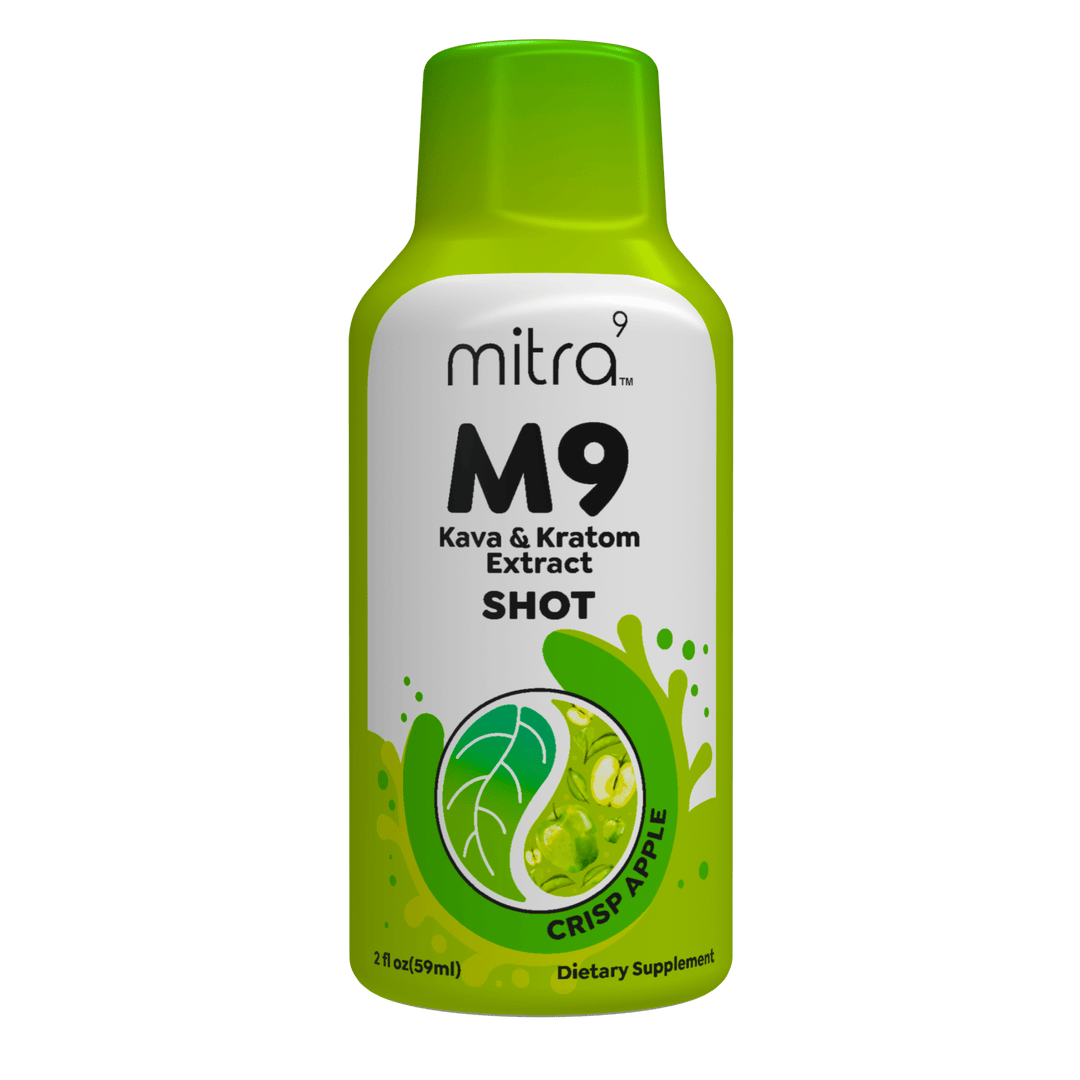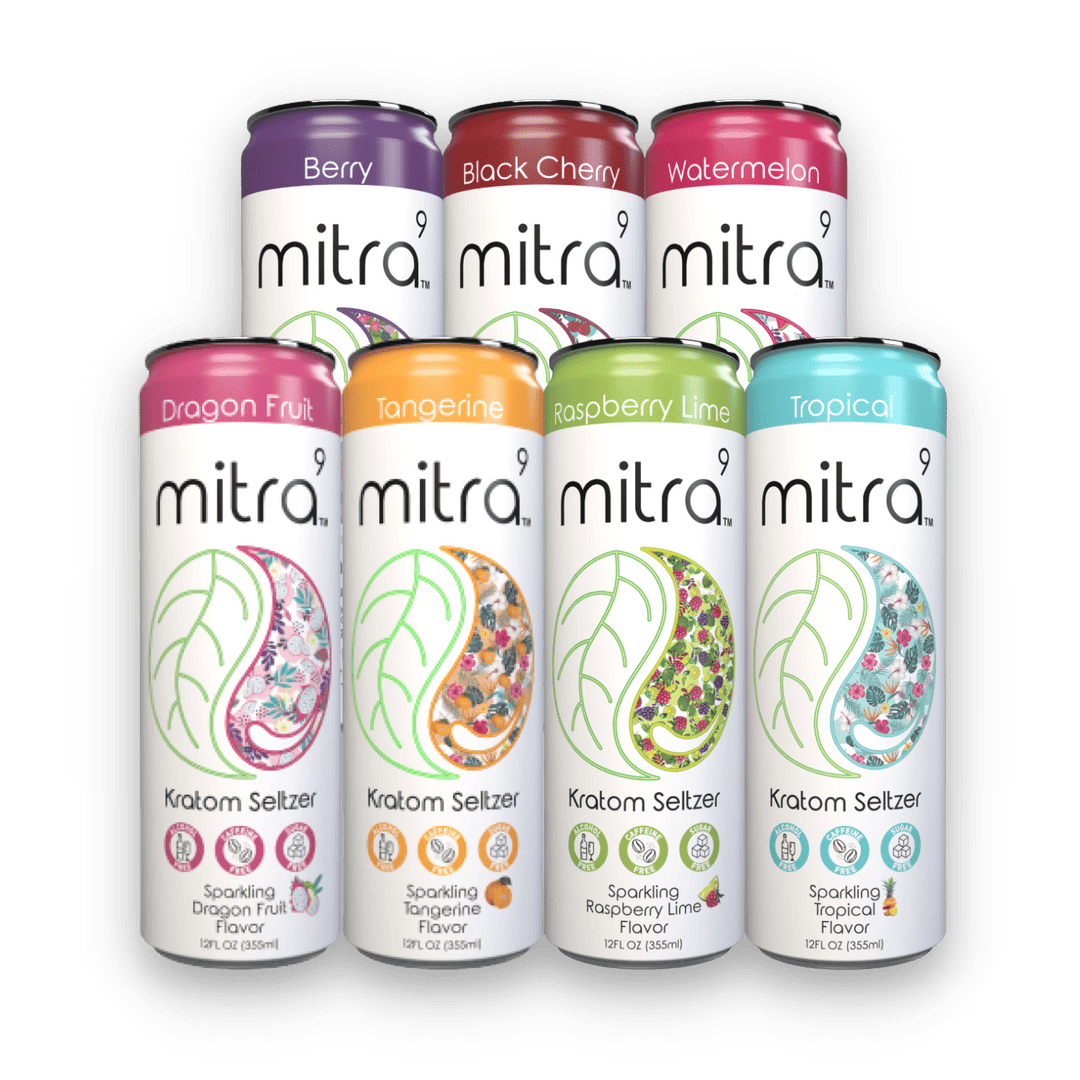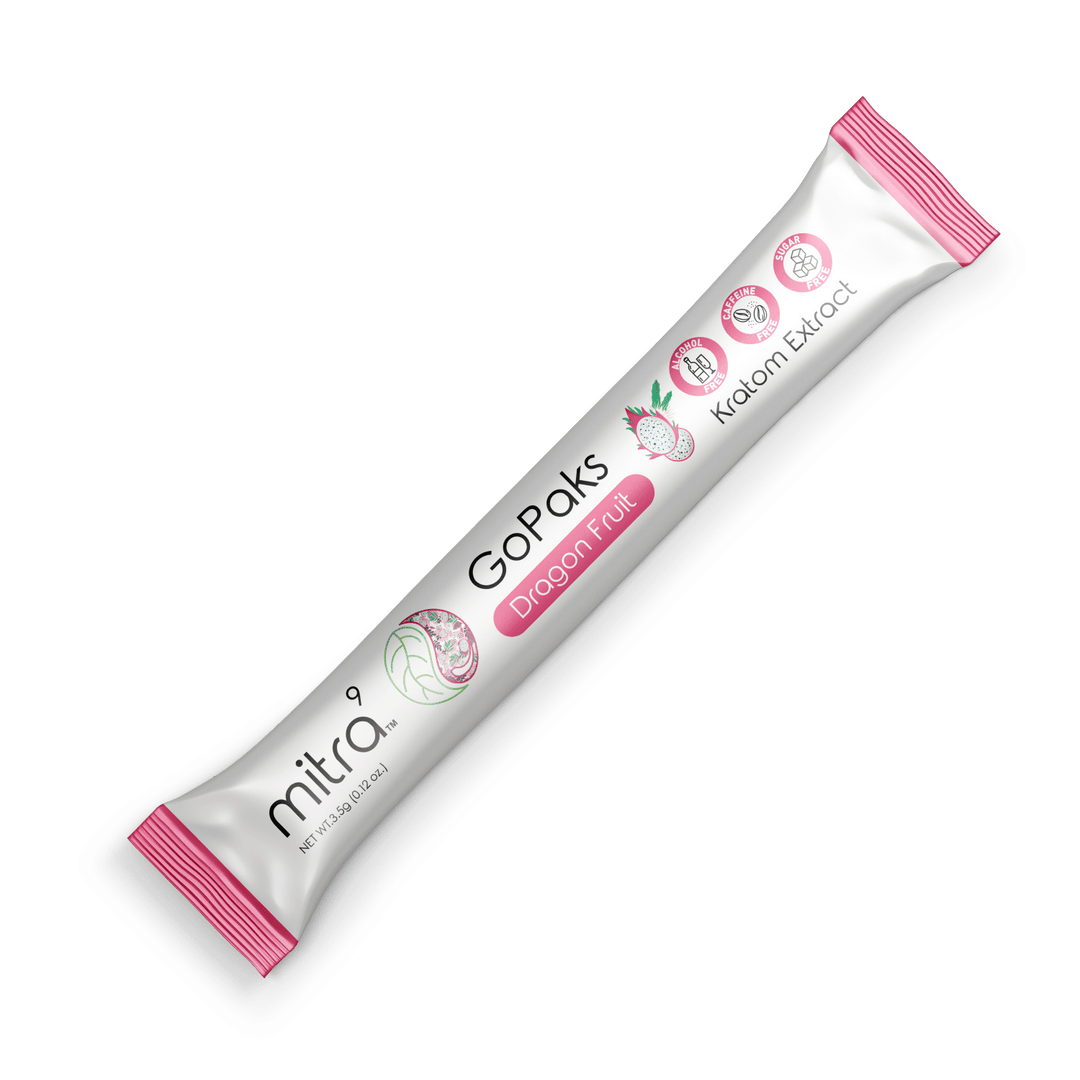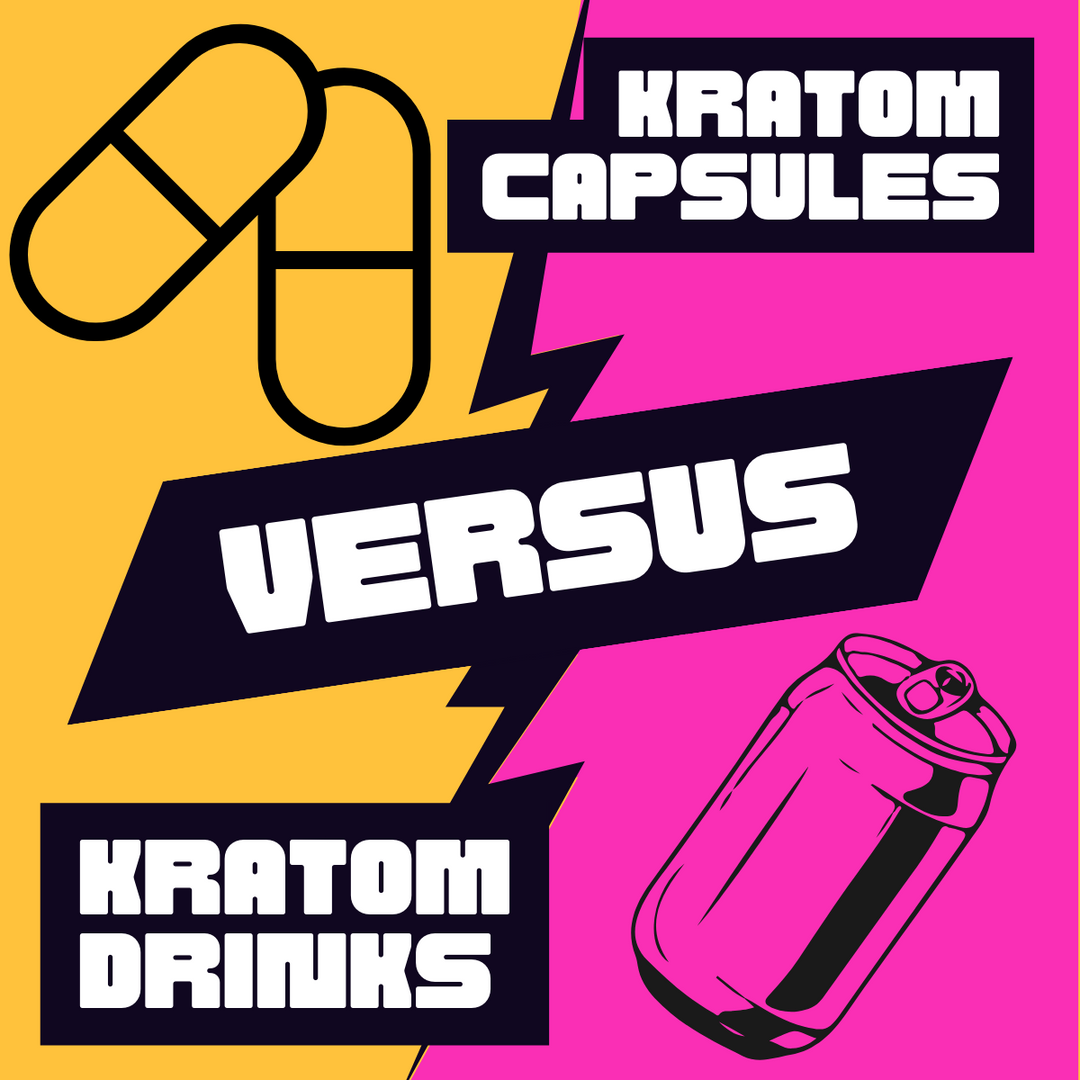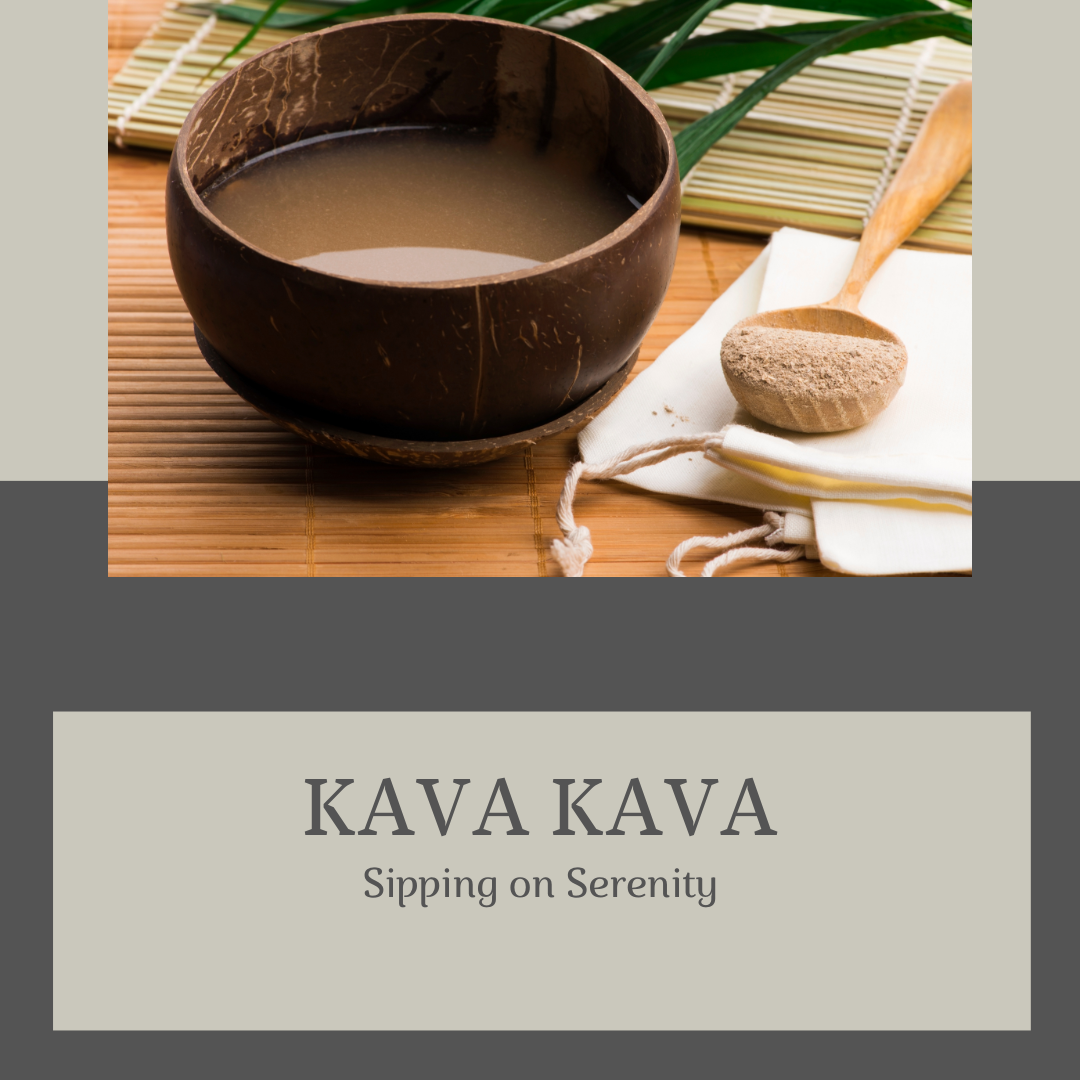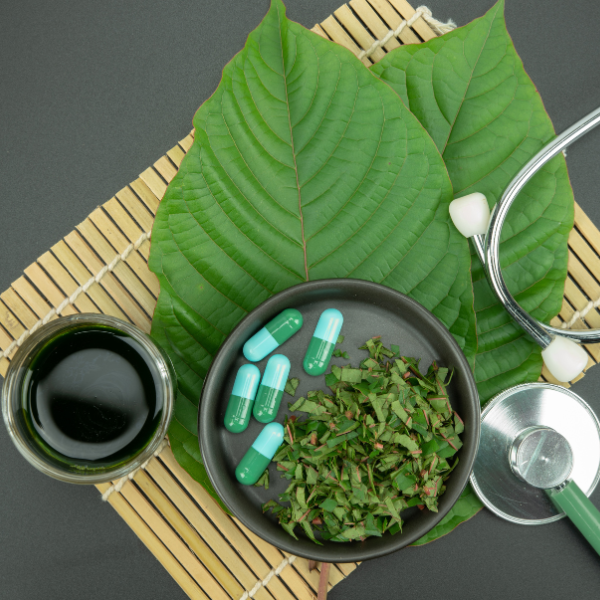Why Kava is Becoming So Popular: A Deep Dive into Its Rising Appeal
In recent years, kava, a traditional herbal beverage known for its calming effects, has surged in popularity across the globe. This ancient drink, which originates from the Pacific Islands, has found a new and enthusiastic audience in the modern wellness and lifestyle sectors. Here, we explore the various factors contributing to the growing trend of kava consumption, from its unique health benefits to its cultural significance and its role in social gatherings.
What is Kava?
Kava, also known as kava kava, is made from the root of the Piper methysticum plant, native to the South Pacific. The roots are ground into a powder and mixed with water to produce a drink that has been a staple of Pacific Islander culture for centuries. Traditionally, it is consumed during ceremonial occasions and is revered for its psychoactive properties—primarily its ability to promote relaxation without impairing cognitive functions.
Health Benefits Driving Popularity
One of the primary reasons for kava's rising popularity is its numerous purported benefits. It is most commonly known for its potential to reduce anxiety. Several studies have suggested that kava can help decrease anxiety levels and promote a sense of calm. This is attributed to kavalactones, the active compounds in kava, which affect neurotransmitter levels in the brain, particularly GABA (gamma-aminobutyric acid). Unlike other anxiety medications, kava is non-addictive and does not cause drowsiness, making it an attractive alternative for those seeking natural remedies.
Moreover, kava is also believed to have sleep-enhancing properties. For those struggling with insomnia or sleep disturbances, kava can be a soothing agent, facilitating easier and more restful sleep without the grogginess often associated with pharmaceutical sleep aids. Additionally, preliminary research has explored its anti-inflammatory and analgesic properties, potentially making it beneficial for pain relief.
Cultural Significance and Modern Adaptation
The cultural roots of kava add to its allure. In many Pacific Islands, kava ceremonies are a vital part of social life and rituals. These traditional uses and the communal way of consuming kava have been adapted into modern kava bars and social clubs around the world. In cities from New York to London, kava bars are becoming trendy spots where people gather to relax and unwind. This blend of exotic tradition and communal experience caters well to the millennial demographic, which values authenticity and social interaction.
The Rise of Wellness and Natural Health Products
Kava's popularity is also buoyed by the global shift towards natural health products and holistic wellness. As people become more health-conscious and wary of pharmaceuticals, there's a growing preference for natural alternatives. Kava fits perfectly into this paradigm. Its effectiveness in dealing with stress and anxiety, combined with its natural origins, makes it a go-to option for those looking to manage their health through holistic means.
Furthermore, the adaptability of kava into various forms—such as teas, capsules, tinctures, and even ready-to-drink beverages—enhances its accessibility and convenience, making it easier for people to incorporate into their daily routines.
Regulatory Environment and Safety
As with any substance that affects mental state, the regulatory environment plays a significant role in kava's adoption. In the United States, kava is legal and classified as a dietary supplement, though it faces stricter regulations in other countries due to concerns about its effects on the liver. However, these concerns largely stem from improper use or poor-quality products rather than kava itself. High-quality, noble kava—the traditional variety considered safest for consumption—is generally accepted as safe when used appropriately.
To navigate these regulations and ensure safety, consumers are advised to source their kava from reputable vendors who provide quality kava products. Awareness and education about the proper use of kava can further boost its acceptance and integration into wellness practices.
Conclusion
The growing popularity of kava can be attributed to its unique combination of benefits, cultural significance, and alignment with modern wellness trends. As it becomes integrated into more lifestyles globally, kava stands out as a natural, effective remedy for stress, anxiety, and other modern ailments. Whether enjoyed in a traditional ceremony or a contemporary kava bar, this ancient beverage offers a unique way to relax and reconnect in our fast-paced world. Its continued rise in popularity seems not only likely but inevitable, as more people discover the soothing and restorative properties of this fascinating plant.


